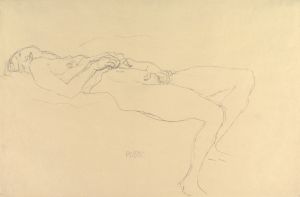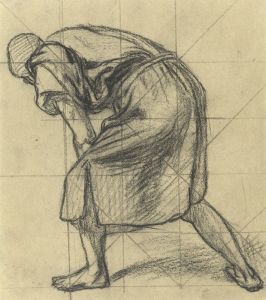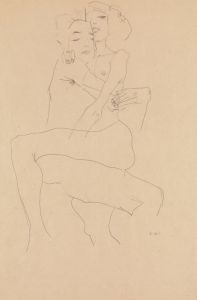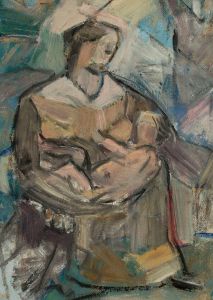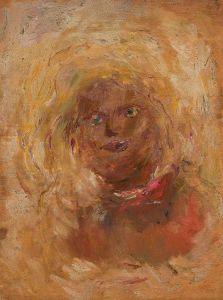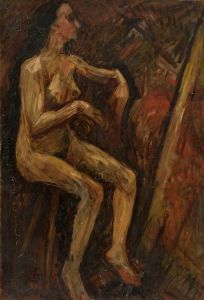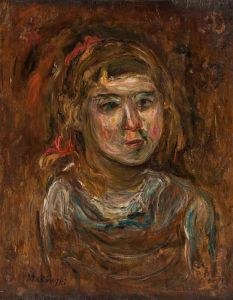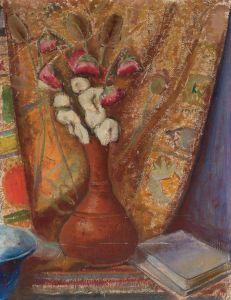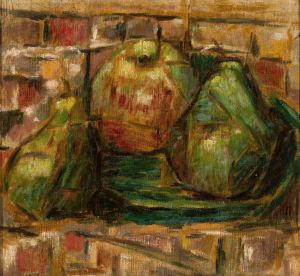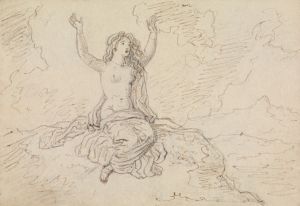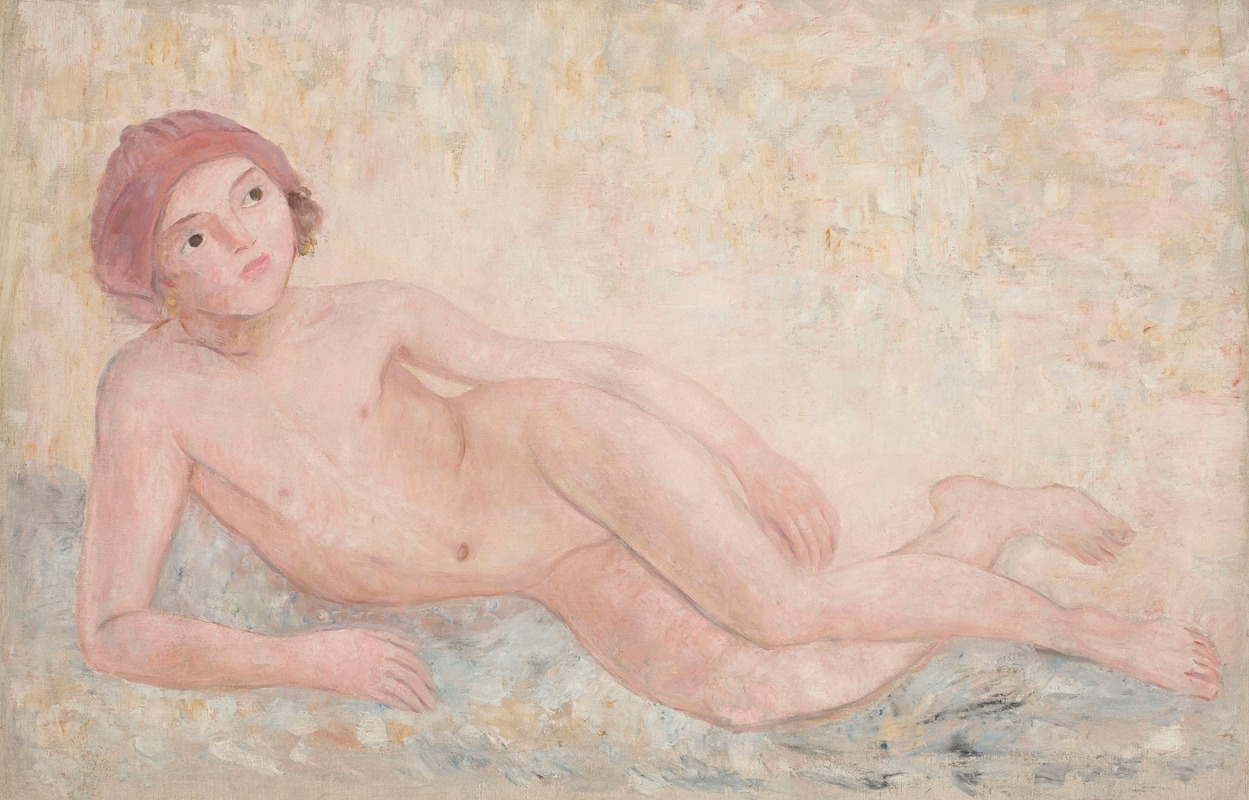
Akt dziewczynki leżącej
A hand-painted replica of Tadeusz Makowski’s masterpiece Akt dziewczynki leżącej, meticulously crafted by professional artists to capture the true essence of the original. Each piece is created with museum-quality canvas and rare mineral pigments, carefully painted by experienced artists with delicate brushstrokes and rich, layered colors to perfectly recreate the texture of the original artwork. Unlike machine-printed reproductions, this hand-painted version brings the painting to life, infused with the artist’s emotions and skill in every stroke. Whether for personal collection or home decoration, it instantly elevates the artistic atmosphere of any space.
Tadeusz Makowski (1882–1932) was a Polish painter known for his distinctive style that combined elements of modernism with influences from folk art and primitivism. His works often depicted scenes of everyday life, children, and rural landscapes, characterized by a sense of simplicity and emotional depth. One of his notable paintings is Akt dziewczynki leżącej (Nude of a Lying Girl), which reflects his unique artistic approach.
Akt dziewczynki leżącej is an oil painting created by Makowski, though the exact date of its completion is not definitively documented. The artwork portrays a young girl lying down, depicted in a nude form. The composition is intimate and contemplative, showcasing Makowski's ability to capture the innocence and vulnerability of childhood. The painting is rendered with soft, muted tones, emphasizing the delicate and tender nature of the subject. Makowski's brushwork is expressive yet restrained, contributing to the overall atmosphere of quiet introspection.
Makowski spent much of his career in France, where he was influenced by the artistic movements of the early 20th century, including Cubism and Post-Impressionism. However, he developed a personal style that often drew inspiration from Polish folk traditions and medieval art. This blend of influences is evident in Akt dziewczynki leżącej, where the simplicity of form and the emotional resonance of the subject matter reflect Makowski's artistic philosophy.
The painting is part of Makowski's broader exploration of childhood as a central theme in his work. He frequently depicted children in his art, often portraying them in moments of play, rest, or quiet contemplation. His focus on children was not merely sentimental but also symbolic, representing purity, authenticity, and a connection to the natural world.
Today, Akt dziewczynki leżącej is recognized as an example of Makowski's mastery in capturing the human form and emotion with subtlety and depth. The painting is housed in the collection of the National Museum in Warsaw, Poland, where it is preserved as part of the country's cultural heritage. It continues to be studied and appreciated for its artistic and historical significance, offering insight into Makowski's unique vision and contribution to modern art.
Makowski's legacy as an artist lies in his ability to merge diverse influences into a cohesive and deeply personal style. Akt dziewczynki leżącej stands as a testament to his skill and sensitivity as a painter, reflecting his enduring fascination with the themes of childhood, humanity, and the beauty of simplicity.






